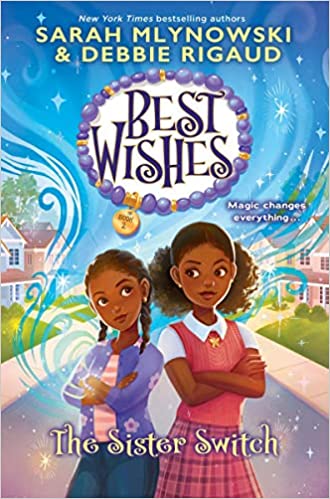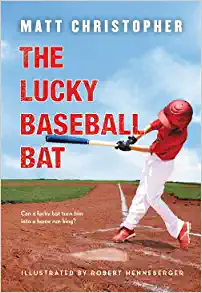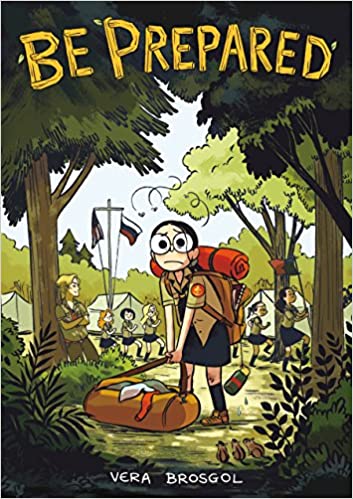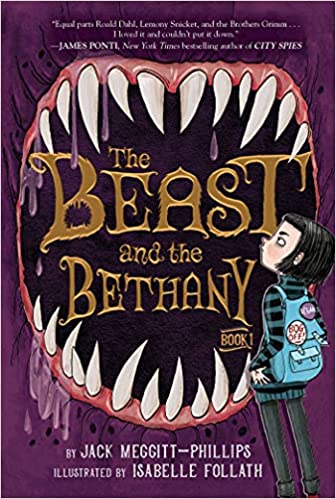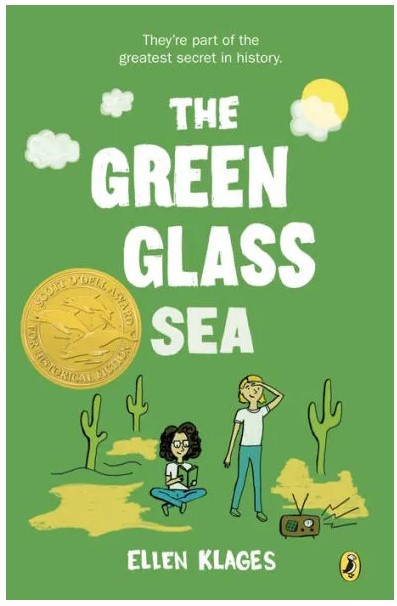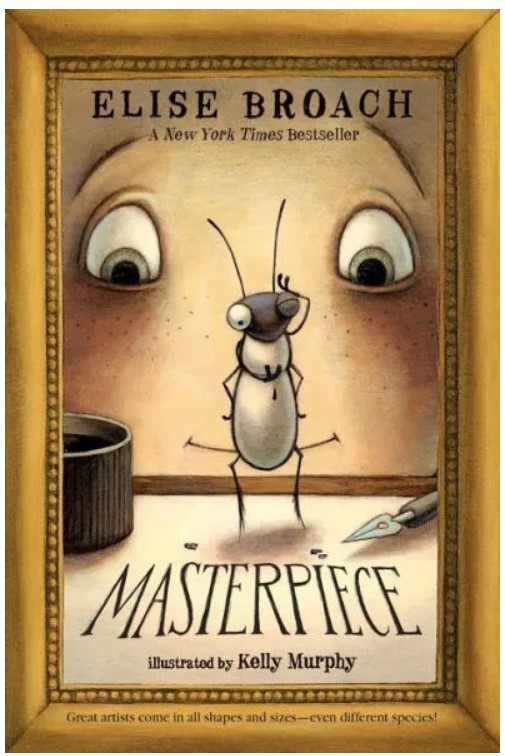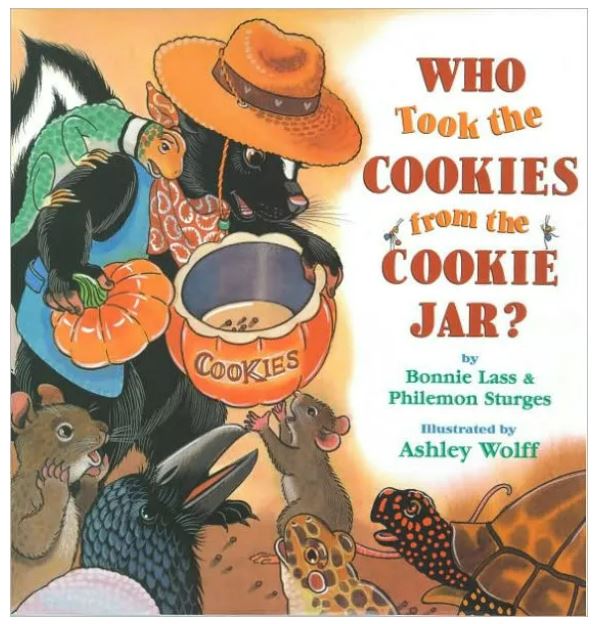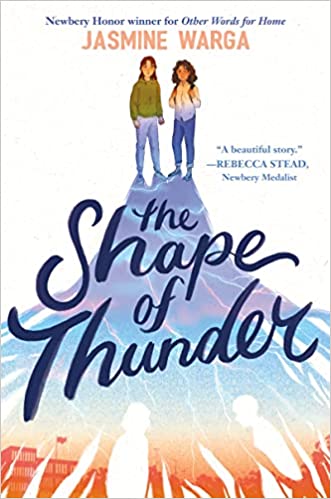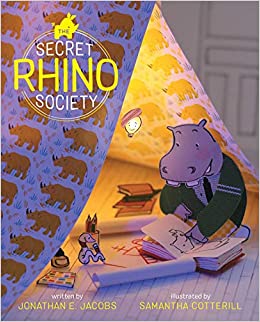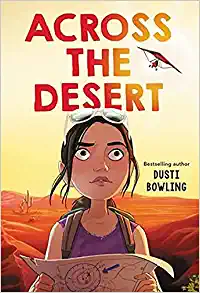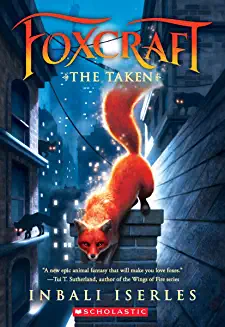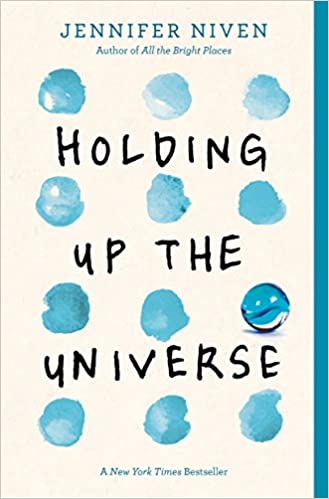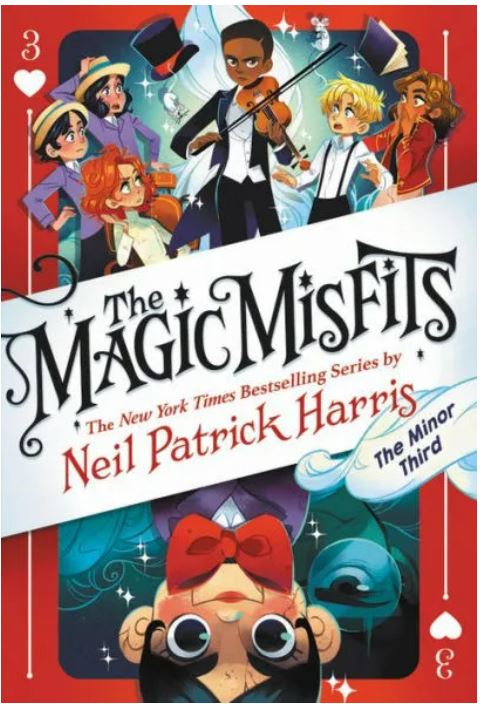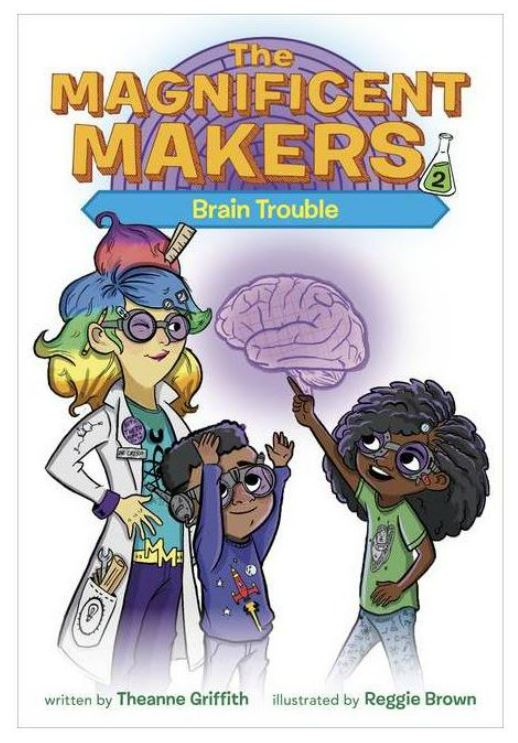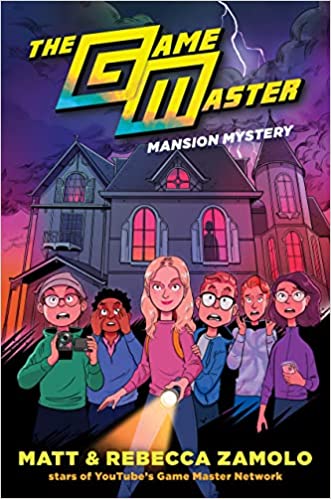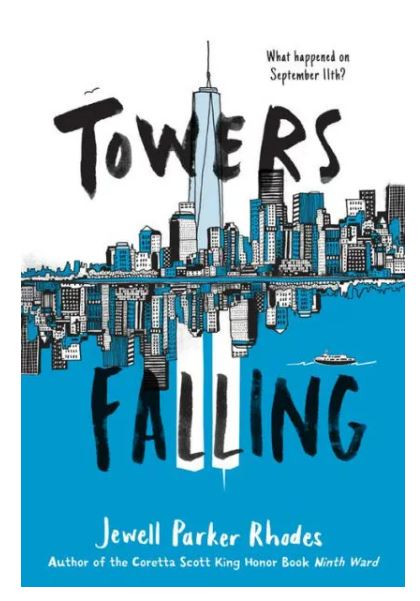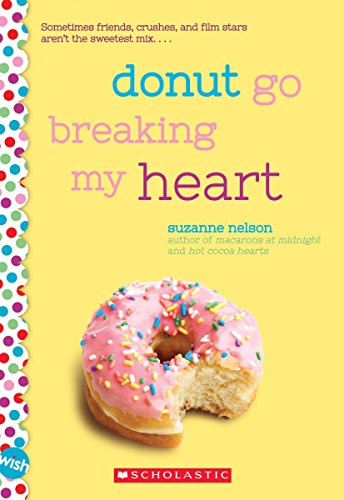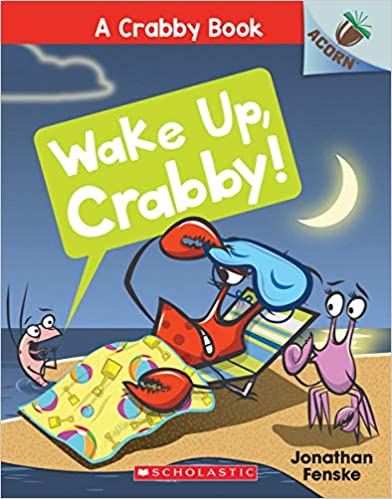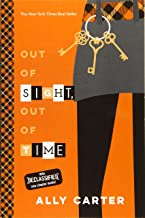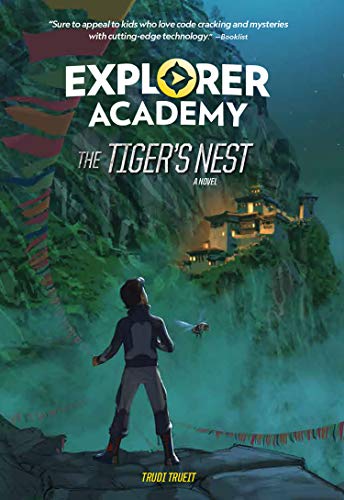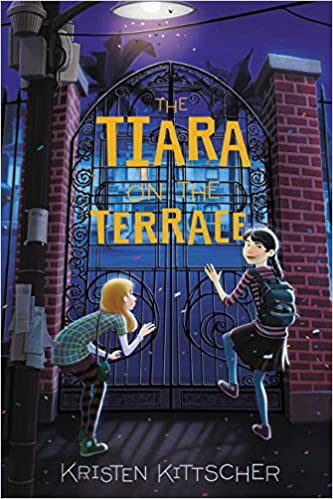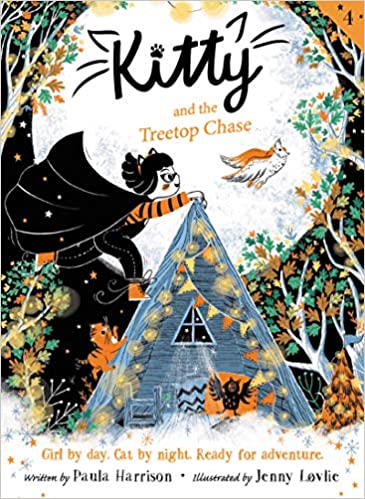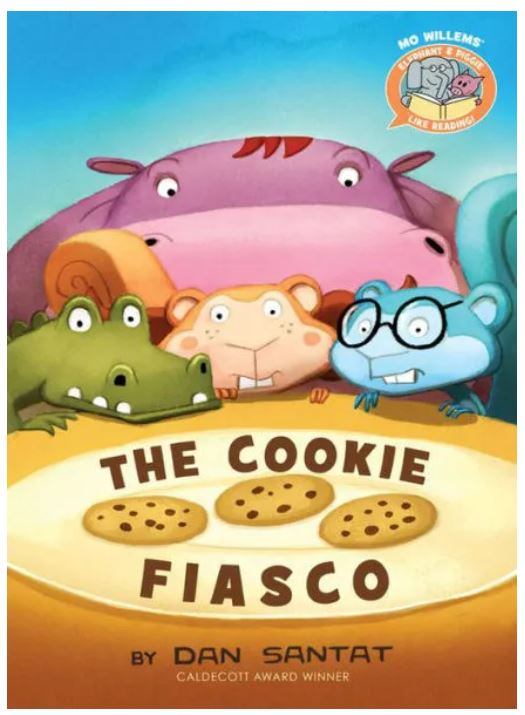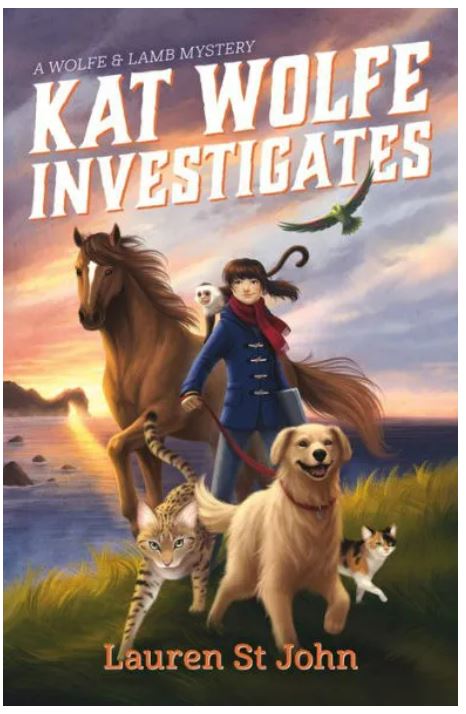Addie Asante of Columbus, Ohio, feels stuck in the middle. Her big sister, Sophie, bosses her around while her little sister, Camille, gets whatever she wants.
When Addie receives a mysterious package with a magic bracelet, she makes a wish to no longer be in the middle and—POOF—she’s transformed into her big sister!
Being Sophie is amazing: Addie can hang out at the café after school, have her own room, and sing in the talent show. But as her friend Becca warns her, having a wish come true can get really messy. Plus, in a twist of magical chaos, Addie’s big sister has become the baby sister, and the baby sister has become Addie!
With friendships—and grades—on the line, plus a sneaky stranger determined to get her hands on the magic bracelet, can Addie and her sisters find a way to switch back before it’s too late?
The Sister Switch is told from Addie’s point of view which allows the reader to understand her frustration at being the middle child. However, Addie isn’t a very likable character because she is self-centered and doesn’t think about the consequences of her actions. When Addie is in Sophie’s body, Addie thinks about how she can use the situation to her advantage. She never thinks about how her actions will affect Sophie. In the end, the sister switch brings all three sisters closer together, but there is no large character growth.
Addie’s sisters, Sophie and Camille, aren’t very likable either. When Sophie enters Camille’s body, she acts like a bratty child who throws temper tantrums, refuses to do schoolwork, and causes havoc. Meanwhile, Camille’s cheerful attitude and focus on having fun isn’t realistic. Plus, her terrible behavior causes trouble. For example, she begins a food fight in the cafeteria. While some of the scenes are supposed to be funny, it’s difficult to ignore that when the three sisters interact, there is little kindness between them.
Anyone who has a sibling will be able to understand Addie’s difficulties and find humor in some of the situations. In the end, Addie learns that she should stay true to herself and embrace what causes her joy. However, the story glosses over Addie’s selfishness. While The Sister Switch is a book that younger readers will likely enjoy, parents won’t want their child to copy Addie’s behavior. Overall, the sisters’ bad behavior, the tired plot, and the lack of character growth make The Sister Switch a book that is best left on the shelf. If you’re looking for an entertaining book that reinforces positive sister behavior, read Disney Frozen Polar Nights: Cast Into Darkness by Mari Mancus and Jen Calonita. If you want another dash of magic to add sparkle to your day, check out Love Sugar Magic: A Dash of Trouble by Anna Meriano.
Sexual Content
- None
Violence
- Addie’s twelve-year-old sister, Sophie, is “stuck in Camille’s five-year-old body.” When Sophie goes to school, she “apparently threw a fit. And a chair? Plus, she refused to do any of the activities.”
- When Camille is stuck in Addie’s body, she goes to lunch with Addie’s friends. Camille and Addie get into an argument and then Camille “smiled wickedly. . . she’d picked up her leftover sandwich and tossed it at my face.” A food fight ensues.
Drugs and Alcohol
- None
Language
- OMG is used as an exclamation often.
Supernatural
- While at school, Addie makes a wish. “Suddenly, I felt something tighten around my wrist. The lights in the hallway flickered. . . My skin felt weird. Like it was being tickled by a million tiny feathers.” The bracelet’s magic switches Addie’s and her sister’s bodies.
- After the wish, Addie’s “fingers looked different. . . And then I looked into the mirror. Sophie’s face stared back at me.” Meanwhile Addie’s twelve-year-old sister, Sophie, “was stuck in Camille’s five-year-old body.”
- A blond woman wants Addie to give her the magical bracelet. The woman can track the bracelet and has a gold bead that “warms up and glows when the magic is working.” It’s similar to a “radar.”
Spiritual Content
- When Addie’s sister takes over her body, Addie prays that her friends don’t laugh at her.
